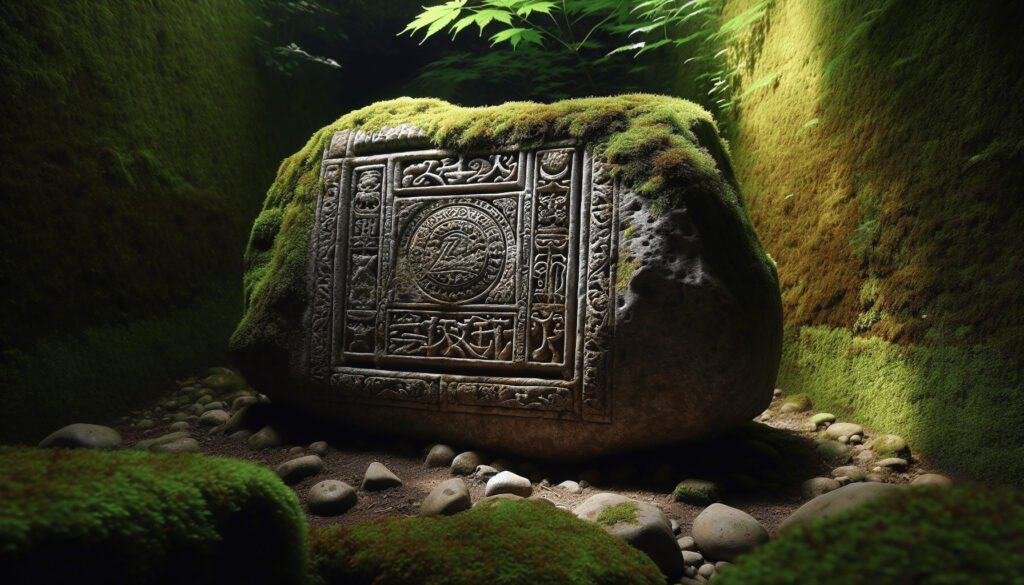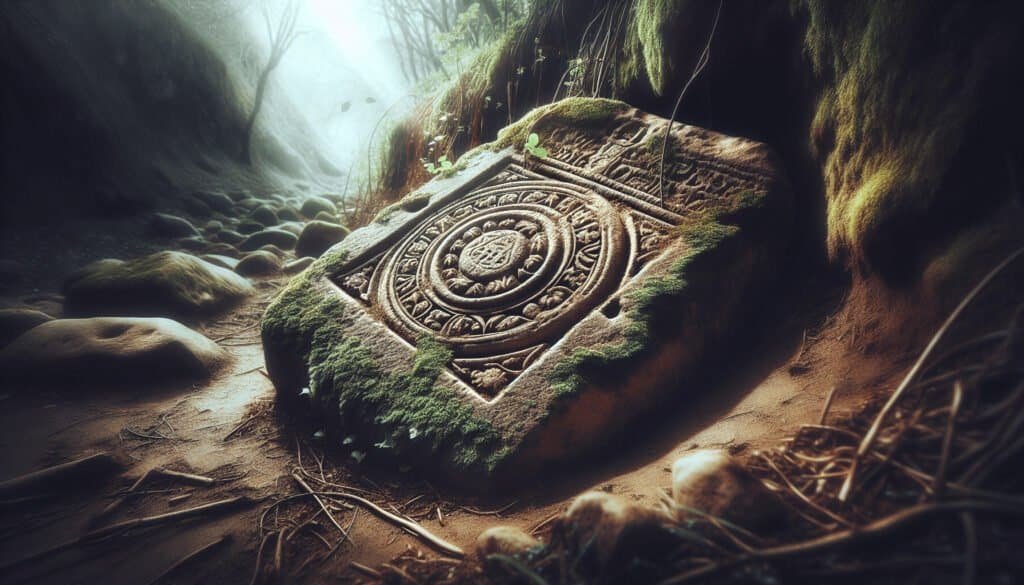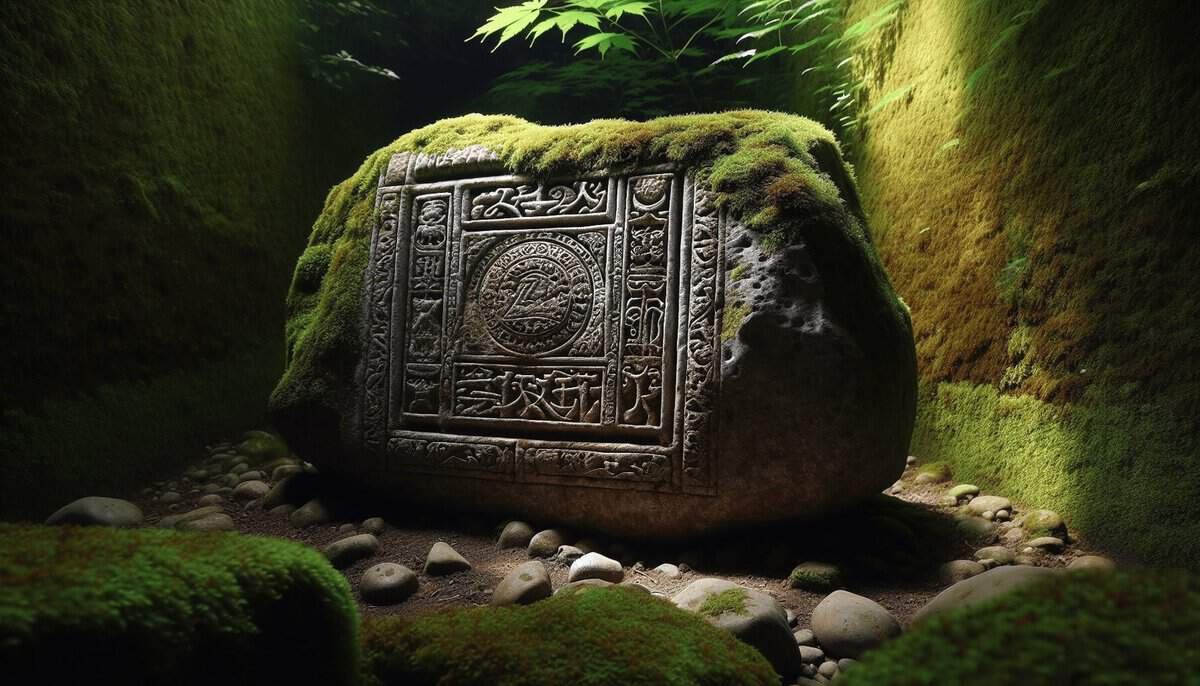Have you ever considered how ancient texts and archaeological finds inform our understanding of past civilizations? The intersection of scripture and archaeology is a riveting journey, particularly when it leads us to Hezekiah’s Tunnel and its associated discoveries.

The Historical Context of Hezekiah
King Hezekiah, who reigned over Judah from around 715 to 686 BCE, was a notable figure in biblical history. His reign is often associated with religious reforms and military fortifications against the Assyrian Empire. His efforts are immortalized not just in the biblical texts, but in the relics he left behind, particularly his impressive water system, which included the infamous Hezekiah’s Tunnel.
The Assyrian Threat
During Hezekiah’s reign, the Assyrian Empire was a formidable force, threatening Jerusalem’s safety. Hezekiah’s actions can be seen as a direct response to this geopolitical tension. He fortified the city and constructed impressive waterworks to secure the city’s water supply in case of siege.
The Role of Religion
Religious reform was another hallmark of Hezekiah’s rule. He sought to centralize worship in Jerusalem, moving away from the high places frequently mentioned in the biblical narrative. This makes his reign a pivotal period in the history of Judah, affecting both socio-political and religious landscapes.
Hezekiah’s Tunnel: An Ingenious Engineering Feat
You might wonder why Hezekiah’s Tunnel is significant. Well, it’s not just a simple underground water channel; it’s a remarkable testament to ancient engineering prowess. Stretching about 1,750 feet, this aqueduct was carved directly through solid rock.
Construction Techniques
The construction of Hezekiah’s Tunnel is considered a remarkable feat of engineering. Using primitive tools, workers excavated the passageway from opposite ends toward the center. This endeavor signified advanced planning and execution, showcasing a level of sophistication not often associated with ancient civilizations.
Purpose and Significance
The primary purpose of Hezekiah’s Tunnel was to transport water from the Gihon Spring to the Pool of Siloam. This ensured a consistent water supply for Jerusalem during sieges, demonstrating not only practicality but foresight. Such waterworks played a crucial role in both daily life and defense strategy, marking a vital development in urban planning at the time.

Archaeological Discoveries Related to Hezekiah’s Tunnel
Archaeologists have uncovered many fascinating finds associated with Hezekiah’s Tunnel. These discoveries have enriched our understanding of who Hezekiah was and the political and religious environment of his time.
The Siloam Inscription
One of the most significant artifacts discovered in relation to Hezekiah’s Tunnel is the Siloam Inscription. This inscription, found in the tunnel itself, is a running commentary on the tunnel’s construction. It details how the workers met in the middle, marking a triumph of teamwork and determination.
Siloam Inscription Details
| Aspect | Description |
|---|---|
| Language | Written in Hebrew, using a script consistent with the time period |
| Content | Describes the process of digging the tunnel |
| Historical Importance | Provides evidence of the reign of Hezekiah and the cooperation of workers |
Other Archaeological Evidence
Besides the Siloam Inscription, numerous other artifacts and inscriptions have been uncovered in the region, offering glimpses of ancient life. Pottery, tools, and even remnants of structures indicate that Jerusalem was a bustling urban center during Hezekiah’s time.
Key Artifacts
- Pottery Shards: Dating to the time of Hezekiah, these provide insight into the daily life and trade activities.
- Stamp Impressions: Found on jars, these offer clues about administrative practices and economic exchanges during the reign.
Understanding these artifacts gives you context on how the people of Judah lived, worked, and worshiped, fleshing out the historical narrative you find in biblical texts.
The Cultural and Theological Significance of Hezekiah’s Tunnel
Hezekiah’s Tunnel isn’t merely an engineering marvel; it also has profound cultural and theological implications.
Water as a Symbol
Water carries significant symbolic weight in many cultures, particularly in ancient texts. In a dry region like Judah, access to water was akin to life itself.
Symbolism in Scripture
- Purity and Life: Water is often associated with purity, reflecting the spiritual cleansing aspects in religious rituals.
- Divine Provision: The ability to access water symbolizes God’s provision and protection, a recurring theme throughout the scriptures.
This makes understanding Hezekiah’s Tunnel not just an engineering interest, but also vital in the study of how ancient peoples interpreted their relationship with the divine.
Reflections on Leadership
Hezekiah’s decisive actions reveal much about leadership in times of crisis. His reign exemplifies the intersection of faith and governance, serving as a model for leaders faced with monumental challenges.
Exemplary Leadership Qualities
- Vision: Hezekiah had the foresight to anticipate potential blockages to the city’s water supply.
- Courage: Successfully implementing such an ambitious project required immense courage in the face of adversity.
- Community Focus: He recognized the needs of his people, ensuring they had the resources necessary for survival during tumultuous times.
This leadership style illustrated in Hezekiah’s actions has inspired numerous discussions around effective governance, particularly in crisis management.
The Modern Perspective: Hezekiah’s Tunnel Today
As you reflect on the historical and archaeological significance of Hezekiah’s Tunnel, it’s essential to consider its relevance today.
Tourism and Education
Today, Hezekiah’s Tunnel is a significant tourist attraction, drawing visitors eager to traverse the same paths walked by ancient inhabitants. This offers an immersive experience, bridging the gap between the past and present.
Ongoing Archaeological Work
Archaeology is an ever-evolving field. New technologies and methodologies are being employed to study sites like Hezekiah’s Tunnel, continually refining our understanding.
Current Research Areas
- Geophysical Surveys: Utilizing modern technology to survey subsurface features without excavating them.
- Environmental Studies: Conducting research on ancient water management systems and their influence on city planning.
This focus on ongoing research allows for a continual fresh lens on ancient history, incorporating new findings into established narratives.
Conclusion: Hezekiah’s Legacy
Hezekiah’s Tunnel and its associated findings underscore the intricate tapestry of faith, leadership, and engineering that shaped ancient Jerusalem. By intertwining scripture with archaeological evidence, you’re invited to consider the rich complexity of Hezekiah’s reign.
As you ponder these insights, remember that the ancient world continues to echo through modern times. The physical remnants of Hezekiah’s era offer more than just a glimpse into the past; they allow for a continuous dialogue between ancient wisdom and contemporary understanding.



